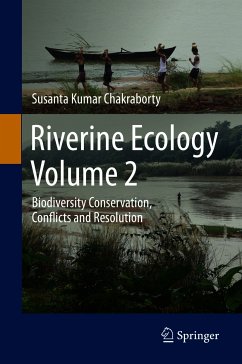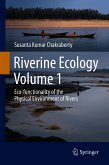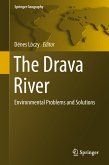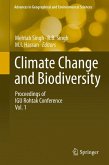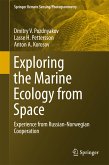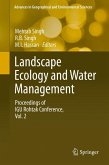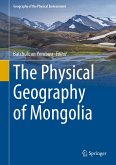Volume 2 highlights biodiversity potential in aiding the resistance and resilience of riverine ecosystem functioning and their synergistic effects on ongoing environmental perturbations. Comprehensive information on the conservation of river-associated-wildlife is provided, covering the impacts of pollution, land-use changes, river policies, and ecosystem restoration strategies. The book offers an innovative approach towards developing methods and tools for assigning conservation categories of threatened taxa, and covers their conservation strategies by way of different phases of eco-restoration in the context of freshwater river systems of tropical bio-geographic zones.
Dieser Download kann aus rechtlichen Gründen nur mit Rechnungsadresse in A, B, BG, CY, CZ, D, DK, EW, E, FIN, F, GR, HR, H, IRL, I, LT, L, LR, M, NL, PL, P, R, S, SLO, SK ausgeliefert werden.

